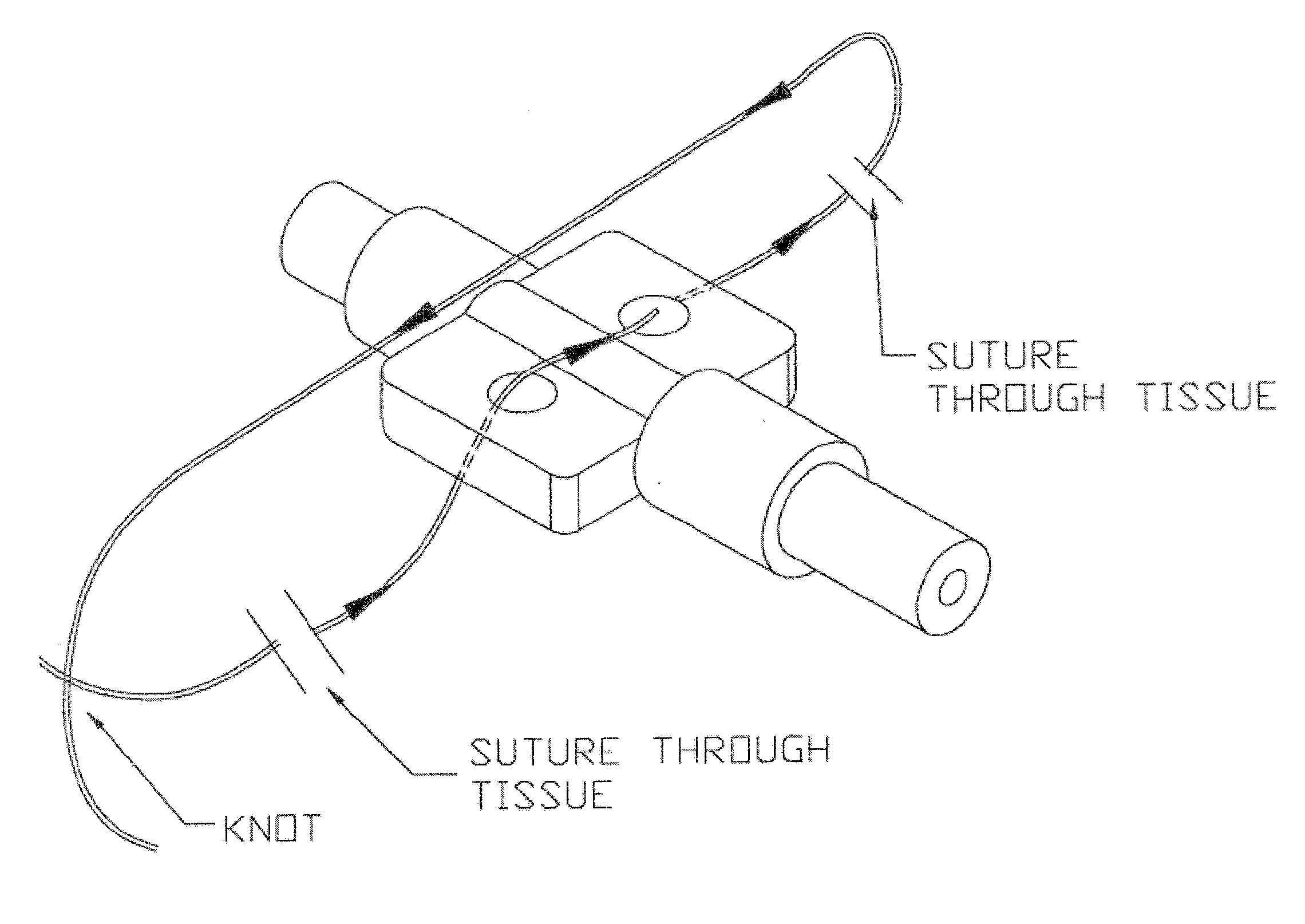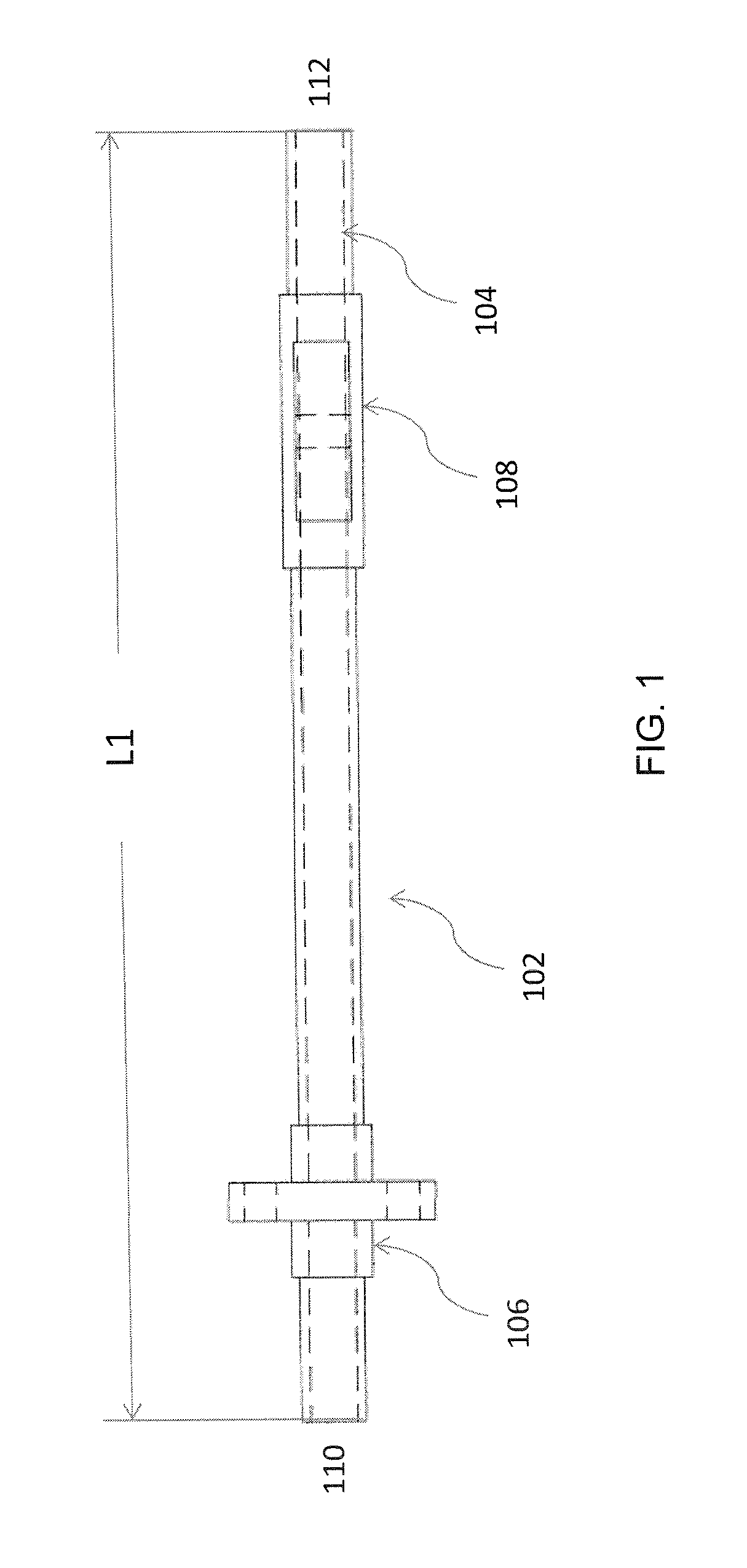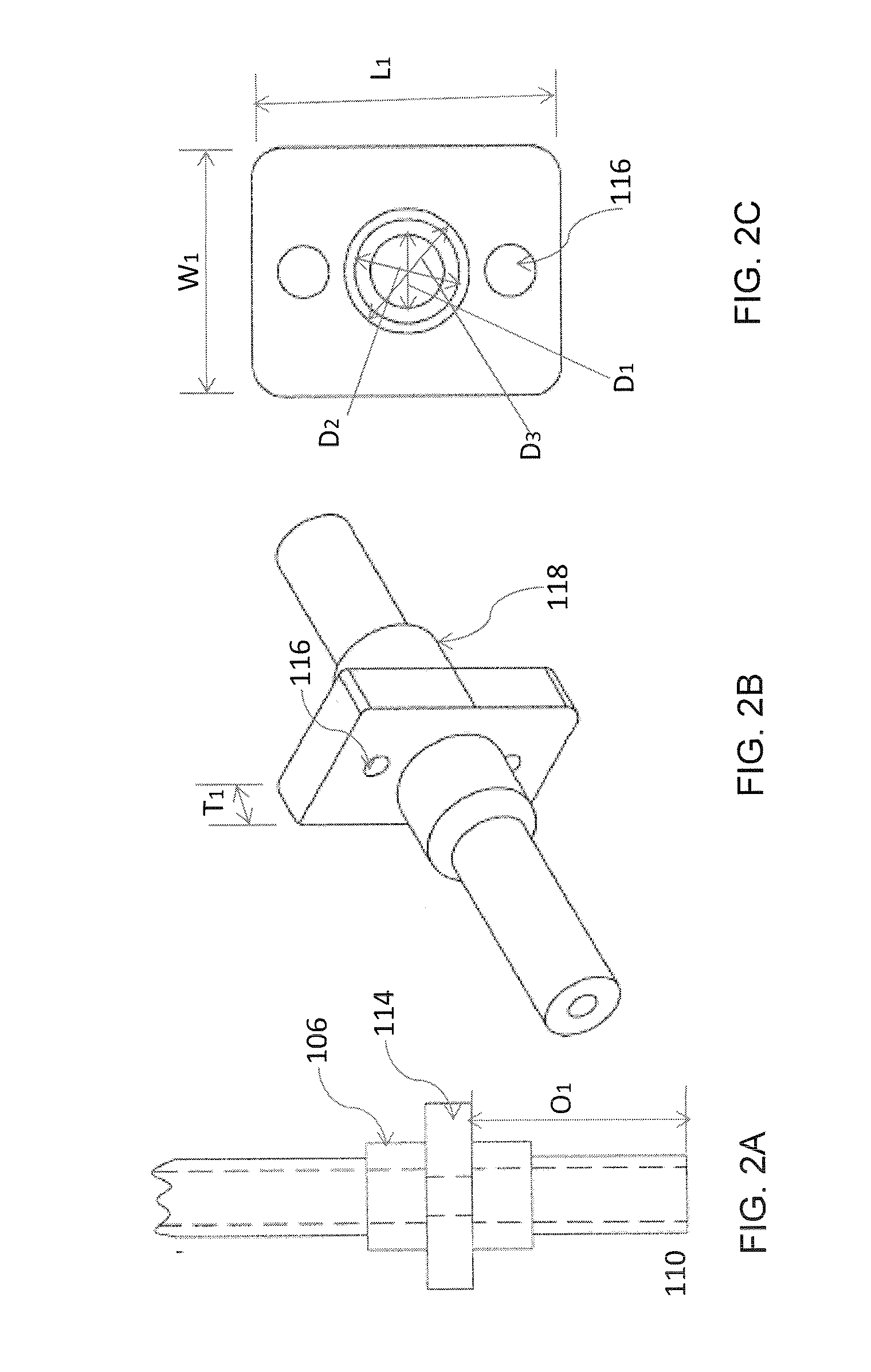Implant Device for Use in Salivary Gland Duct
a technology of implant devices and salivary glands, which is applied in the field of medical implant devices, can solve the problems of stenosis, pain and possible infection, and kinks in and achieve the effect of simple removal, repair and/or restoration of the structure and function of the salivary gland ducts
- Summary
- Abstract
- Description
- Claims
- Application Information
AI Technical Summary
Benefits of technology
Problems solved by technology
Method used
Image
Examples
Embodiment Construction
[0024]The instant invention will now be described more fully hereinafter with reference to the accompanying drawings, in which embodiments of the invention are shown. This invention may be embodied in many different forms and should not be construed as limited to the illustrated embodiments set forth herein. Rather, these illustrated embodiments are provided so that this disclosure will be thorough and complete, and will fully convey the scope of the invention to those skilled in the art.
[0025]The following embodiments of the present invention describe an implant device that is operable for use in association with the salivary ducts of a patient. Particularly, such an implant device is placed within a salivary duct over a predefined period of time (e.g., two to four weeks) in order to restore the physical and / or functional integrity of the duct by, for example, facilitating the flow of saliva.
[0026]In accordance with certain embodiments, as illustrated in FIG. 1, a suitable implant ...
PUM
 Login to View More
Login to View More Abstract
Description
Claims
Application Information
 Login to View More
Login to View More - R&D
- Intellectual Property
- Life Sciences
- Materials
- Tech Scout
- Unparalleled Data Quality
- Higher Quality Content
- 60% Fewer Hallucinations
Browse by: Latest US Patents, China's latest patents, Technical Efficacy Thesaurus, Application Domain, Technology Topic, Popular Technical Reports.
© 2025 PatSnap. All rights reserved.Legal|Privacy policy|Modern Slavery Act Transparency Statement|Sitemap|About US| Contact US: help@patsnap.com



